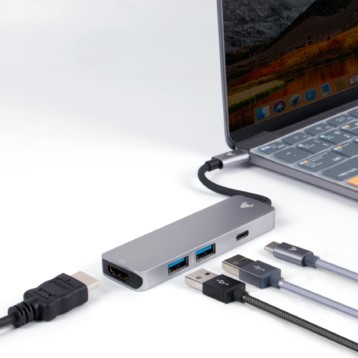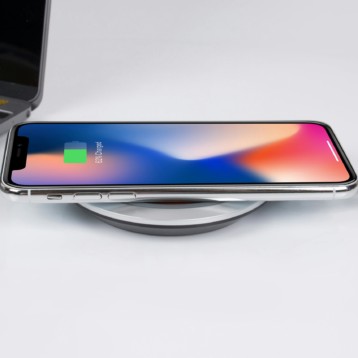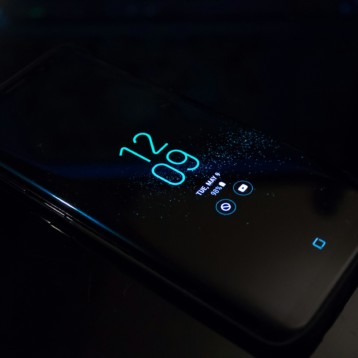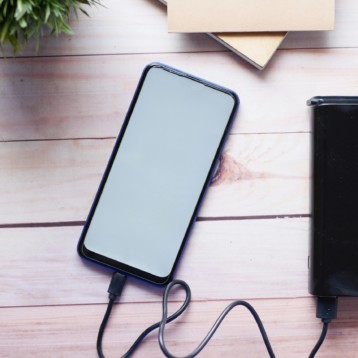When they have launched a few decades ago, mobile phones were huge, heavy and lacked real security functions. After all, people used it to make calls – to breathe air – so there was no real need for additional passwords or other functions.

Fast forward to the present day, and it may seem that most of us use our phones for everything, but make calls. We pay our invoices from our banking application, check the value of our stock portfolio online and perform a variety of other activities that we do not want a thief who steals our phone to get access. With tools like a reverse phone lookup we nowadays can feel pretty comfortable using our mobile phones. Security features have improved and evolved over the years, here is a list of the most crucial advancements:
PIN numbers for accessing the „hone
The mobile phone first appeared in the 1980s. To listen to your messages, mobile phone owners must dial an access number and enter a PIN. The phone usually had a standard PIN such as 3333 that people were asked to change. Of course, few mobile phone owners have done so, so hackers have been able to call the victim’s number, enter the generic PIN and probably listen to the person’s personal messages.
Unlocking function
Lock screens have been introduced with iOS 5 and Android 2.0 smartphones. This also included an unlock mechanism, which meant that users had to “push” the phone to access their data. This was an improvement over a phone where everything was immediately visible, but it also meant that anyone with a working finger could unlock the phone. To make the phones even safer, a password was added to the phones; people had to enter a unique password for their phone to do something. The next step in the security of mobile phones was to block models that were harder for hackers to understand than numbers. This feature is still used on many iOS and Android phones.
Scanning fingerprints
In 2015, smartphone manufacturers chose to improve hardware security. The first example of this technology was the fingerprint scanner. For example, the Samsung Galaxy S5 and iPhone 5S come with built-in technology that allows users to unlock their phones by putting their finger on a scanner on the home or camera button. If the fingerprint corresponds to the fingerprint recorded on the phone, the phone is unlocked.
This form of technology, called biometrics, is based essentially on a single body part to access the phone. One phone that still uses this advanced technology is the LG G6 phone which has an Android Nougat 7.0 operating system has a fingerprint scanner that is easy to activate – just open the Settings tab and tap the General tab, then tap Fingerprints and Security, then tap Fingerprints. Insert the lock screen saver to record the fingerprint, press the power button repeatedly to record the fingerprint, then press OK. If you’re wondering how the fingerprint reader “knows you”, Android Authority explains that most smartphones like the G6 LG have a “capacitive scanner” that uses a series of ultra-small capacitive circuits to collect fingerprint data.
Iris and facial recognition
The next step in the development of smartphone security seems to affect the eyes and face. The iris scanner and facial recognition are based on the same idea that these parts of the body are as unique as fingerprints, the iris scanner adds an additional layer of biometric security.
If it is technically possible to access a phone with a “fingerprint”, it is impossible to do so with just one eye. The face scanner is based on the size and shape of the face and its many exclusive features to unlock the phone.










